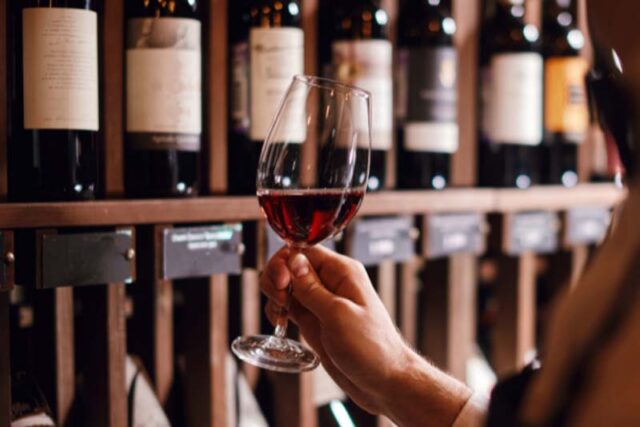
Wine is a world of flavors, aromas, and experiences waiting to be explored. But how do you find the wines that resonate with your unique palate? Today we will walk you through the journey of discovering your taste preferences and selecting the ones that suit your taste.
Whether you’re a seasoned connoisseur or a beginner, these insights will help you navigate the wine world with confidence.
Establish Your Taste Preferences
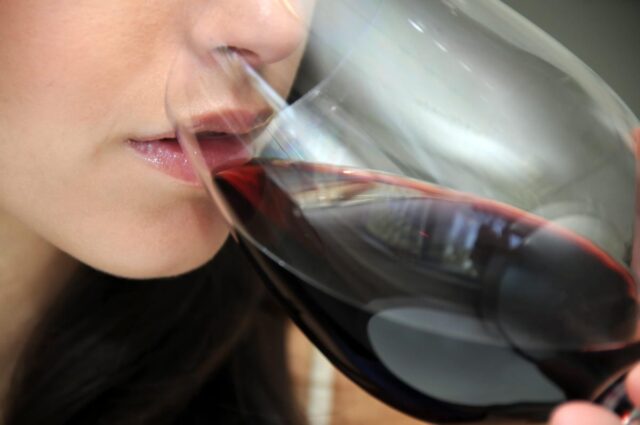
Understanding your taste preferences is the first step in finding beverages that resonate with your palate. It’s about recognizing what you enjoy and why you enjoy it. This process involves more than just identifying whether you prefer red or white wines; it’s about delving into the nuances of flavor, aroma, and texture that make each wine unique.
If you’re ready to explore a wide variety of wines that match your taste, consider also buying wine online for a convenient and diverse selection.
Identifying Your Flavor Profile
Your flavor profile is a combination of the tastes and aromas that you naturally gravitate towards. It could be sweet, sour, salty, or bitter. Experimenting with different wines and paying attention to what you enjoy will help you identify your flavor profile.
Keeping a wine journal to note your impressions can be a valuable tool in this exploration. Over time, you’ll start to notice patterns and preferences that guide your wine selections.
Exploring Different Varieties
Different grape varieties produce wines with distinct characteristics. From the crisp acidity of Sauvignon Blanc to the rich fruitiness of Merlot, each variety offers something unique. Tasting flights at wineries or wine bars can be a fun way to explore different varieties side by side.
Don’t be afraid to ask questions and seek guidance from knowledgeable staff or friends who share your interest in wine.
The Importance of Terroir
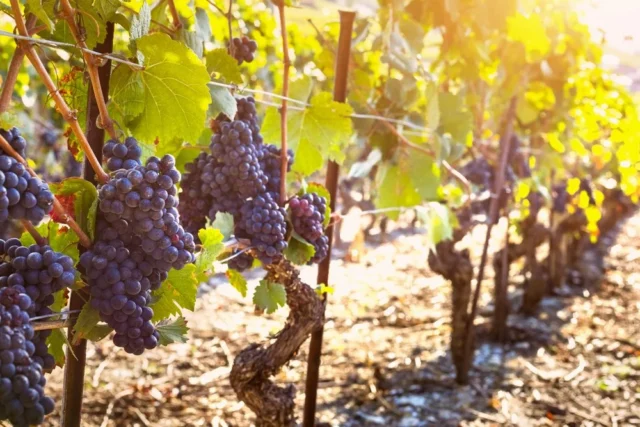
Terroir refers to the environmental factors that influence a wine’s character. It’s not just about the soil; it’s about the climate, topography, and even the traditions and techniques of the winemakers in a particular region.
The Influence of Climate
Climate plays a crucial role in shaping the flavor and aroma of wine. Cooler climates often produce wines with higher acidity and more delicate flavors, while warmer climates tend to yield richer, fuller-bodied wines. Knowing the climate of a wine region can guide your selection.
For example, if you enjoy crisp and refreshing whites, you might explore beverages from cooler regions like New Zealand or the Loire Valley in France.
Soil and Topography
The soil and topography of a vineyard can also impact the wine’s character. For example, rocky soils often lead to more minerally flavors, while clay soils may contribute to a wine’s richness. The slope and elevation of a vineyard can influence sun exposure and drainage, further shaping the wine’s flavor profile.
Reading about a wine’s region or talking to knowledgeable wine merchants can provide insights into the terroir of different wines.
How to Pair Wine with Food?
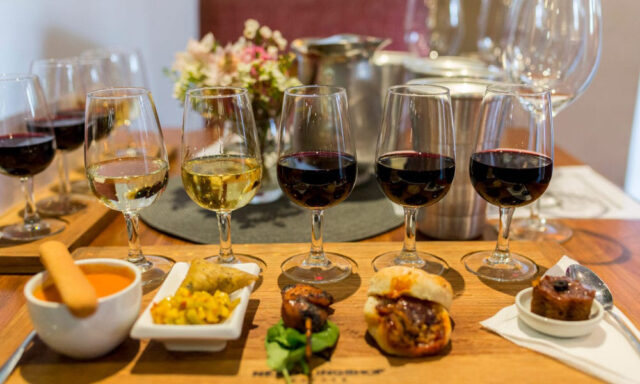
Pairing wine with food is an art that can enhance your dining experience. It’s not just about red wine with red meat or white wine with fish; it’s about finding the perfect balance that elevates both the food and the wine.
The Basics of Pairing
The key to successful pairing is balance. You want the wine and food to enhance each other without overpowering. Consider the weight, flavor, and texture of both the dish and the wine to find a harmonious match.
For example, a rich and buttery Chardonnay might pair beautifully with lobster in a creamy sauce, while a light and zesty Pinot Grigio could be the perfect match for a fresh and tangy citrus salad.
Advanced Techniques
For more adventurous pairings, consider contrasting flavors or finding common flavor notes between the wine and food. Experimenting with different combinations can lead to delightful discoveries and elevate your culinary experience.
For example, a spicy Thai curry might find an unexpected partner in a sweet and aromatic Gewürztraminer. Or a smoky barbecue dish might resonate with the earthy notes of a Syrah.
Don’t be afraid to experiment and trust your palate.
Exploring Wine Regions
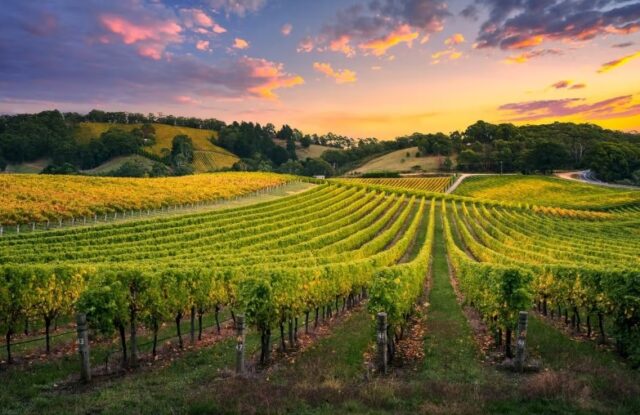
Wine regions around the world offer unique expressions of wine. Exploring these regions can deepen your understanding of wine and help you find bottles that resonate with your palate.
Whether you’re traveling to these regions or exploring them through the wines available at your local shop, each region offers a window into a different aspect of the wine world.
Old World vs. New World
Old World wines, from regions like France, Italy, and Spain, often emphasize tradition and terroir. They may be more restrained and complex, reflecting centuries of winemaking tradition.
New World wines, from places like California, Australia, and South America, may focus more on grape variety and innovation. They often offer bold and expressive flavors.
Famous Wine Regions
Some regions are renowned for specific wine styles. For example, Burgundy is famous for its Pinot Noir, while Napa Valley is known for Cabernet Sauvignon. Familiarizing yourself with these regions can help you find beverages that align with your taste preferences.
For example, the cool coastal regions of Oregon are producing some exceptional Pinot Noirs that are worth exploring if you enjoy this grape variety.
Tasting Techniques

Wine tasting is more than just sipping and enjoying. It’s a methodical process that can help you understand a wine’s character and quality. Mastering these techniques can enhance your appreciation and guide your selections. It’s about engaging all your senses and being mindful of the experience.
Visual and Olfactory Examination
Before tasting, observe the wine’s color and clarity. A wine’s appearance can provide clues about its age, grape variety, and even the winemaking techniques used. Then, smell its aroma. Swirling the wine in the glass can release more aromas, revealing layers of complexity.
These initial impressions can provide valuable insights into the wine’s character and quality. For example, a wine with a deep, inky color might suggest a rich and robust red, while a pale straw color might indicate a light and crisp white.
Taste and Texture
When tasting, pay attention to the wine’s flavor, acidity, tannin, and body. These elements can reveal the wine’s character and help you identify what you enjoy. Sip the wine and let it linger in your mouth, noticing how the flavors evolve. Consider how the wine feels on your palate. Is it smooth and velvety, or sharp and angular? Practice and mindfulness will deepen your understanding and appreciation.
Participating in guided tastings or using tasting guides can help you develop your tasting skills and vocabulary.
Building Your Wine Collection
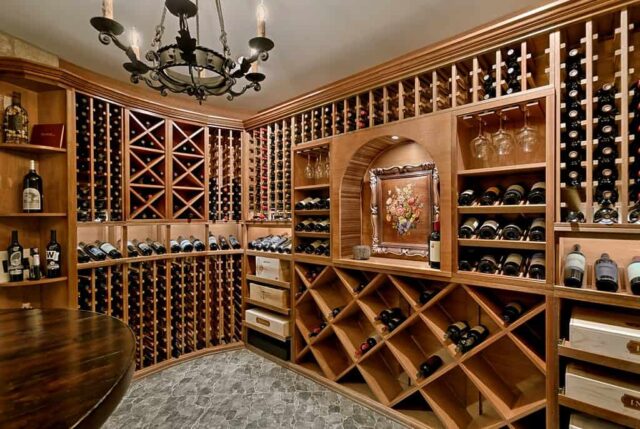
Building a wine collection is a personal journey that reflects your taste and interests.
Starting Your Collection
Start by identifying what you enjoy and what you want to explore. Consider your budget, storage space, and how you plan to enjoy the wines. Focus on quality over quantity, and don’t be afraid to seek expert advice. Joining a wine club or subscribing to a wine publication can provide guidance and inspiration.
Consider building a diverse collection that includes both familiar favorites and new discoveries. This approach will keep your collection exciting and allow you to enjoy wines for various occasions and moods.
Curating Your Collection
Curating your collection involves thoughtful selection and organization. Consider themes, such as regions or grape varieties, and balance between wines for immediate enjoyment and those that will age gracefully. Regularly review and enjoy your collection to ensure it continues to reflect your taste.
Properly cataloging your beverages and keeping track of tasting notes and purchase details can enhance your enjoyment and understanding of your collection.
Serving Wine
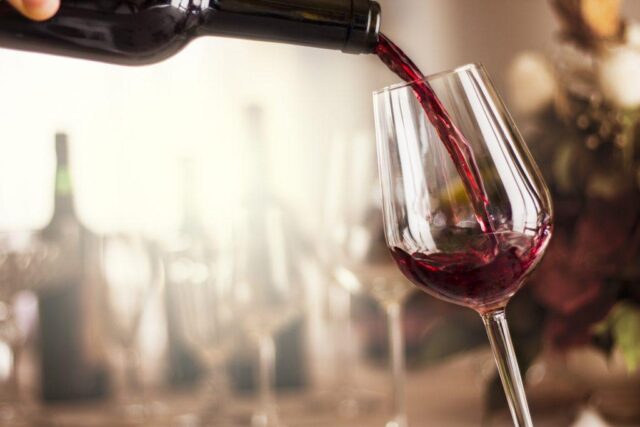
Serving wine at the right temperature and in the proper glass can enhance its flavor and aroma. For example, white wines are often served cooler than reds and specific glass shapes can accentuate a wine’s unique characteristics. A general guideline is to serve white wines between 49-55°F (9-13°C) and red wines between 62-68°F (16-20°C).
Using the right glass can also make a difference. For example, a wide-bowled glass for red wines can allow more surface area for the wine to breathe, enhancing its aroma and flavor. Paying attention to these details can elevate your wine experience.
Conclusion
Finding your palate and selecting wines that suit your taste is a rewarding journey filled with discovery and enjoyment. By understanding your preferences, exploring different beverages, and mastering the art of tasting and pairing, you can navigate the world of wine with confidence and pleasure. Cheers to finding your palate!









